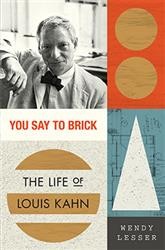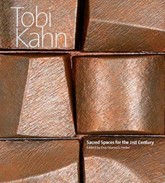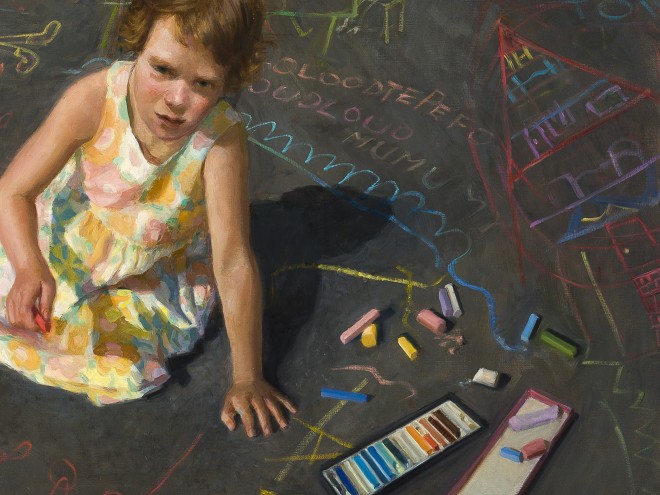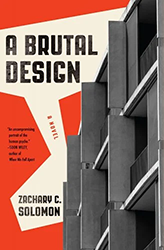Paris was at the center of artistic ferment after World War I, and it was here that Man Ray established himself as a preeminent practitioner of Dada and as a major figure in the avant-garde art movement. In this brisk biography, Arthur Lubow, a journalist and author of Diane Arbus: Portrait of a Photographer, recreates that period and Man Ray’s place in it.
Born Emmanuel Radnitsky in Philadelphia in 1890, Man Ray grew up in Brooklyn. As soon as he was able, he left his family home and maintained very little connection with his siblings and parents, making every effort to erase his background.
As a child, Man Ray sketched and drew and in high school honed his skill in mechanical drawing. Joining a group of anarchist thinkers and artists, Man Ray frequented Edward Steichen and Alfred Steiglitz’s influential gallery at 291 Fifth Avenue, which showed groundbreaking European art. In time, he unsuccessfully exhibited his paintings at the gallery but, more importantly, began experimenting with a camera as a way to document his artwork and soon to create art itself.
Drawn to Dada and its French practitioners, and feeling New York was not a place for Dada and his work, in 1921 Man Ray sailed for Paris, where he spent most of the rest of his life except for the years of World War II and a brief aftermath. With his gift for friendship — he maintained relationships with artists who were in bitterly opposed camps of the art world — he easily found his way in Parisian art circles and entered the most active period of his career.
Lubow skillfully conveys the atmosphere of interwar Paris and the world of Dada and Surrealism — its wit, its absurdities, its intellectual formulations, its sexual and occasionally violent undertones. Working in many mediums, Man Ray expressed the essence of Dada, most notably in his photography and the artistic techniques he developed. Although he wished to be known for his painting, Man Ray is usually remembered for his daring and innovative photography.
Underlining the importance of Man Ray’s relationships and their influence, the title of almost every chapter in the book is the name of someone who left a mark on Man Ray’s work, including his muses — he had several long-term relationships and two marriages, one early in his life and the other for the last thirty years of his life. His most enduring and significant friendship, with Marcel Duchamp, began in 1915 over a game of netless tennis between the two artists, neither of whom spoke the other’s language — a fitting symbol for their witty and often provocative art. Despite their differences in background, they supported one another both personally and artistically for their lifetimes, Man Ray rushing to Duchamp’s apartment with his camera as soon as he heard of his friend’s death to make a classic deathbed photograph.
Man Ray is brief even by the standards of Yale’s brief biographies, a reflection of Man Ray’s silence about himself. His work speaks for him. The book is better appreciated if readers look at the works discussed in the book. They open up the art world Lubow so excellently portrays.
Maron L. Waxman, retired editorial director, special projects, at the American Museum of Natural History, was also an editorial director at HarperCollins and Book-of-the-Month Club.





